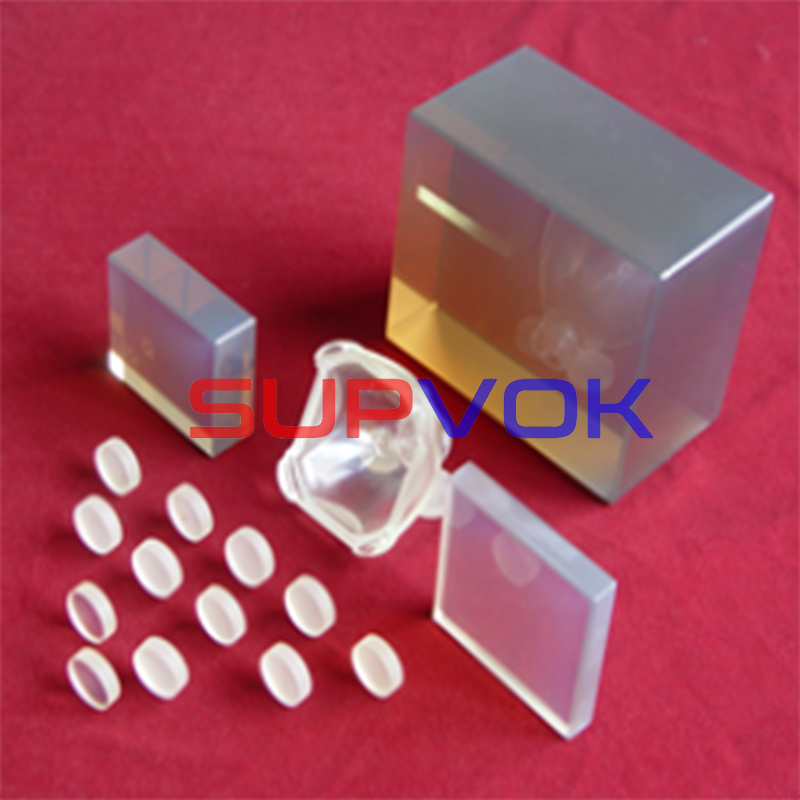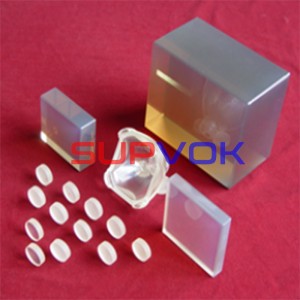Glass ceramic
Characteristic
Microcrystalline glass ceramics have good processing properties, good vacuum properties, good electrical insulation properties, excellent high temperature resistance, excellent chemical corrosion resistance and other excellent properties.
Microcrystalline glass ceramics are the microcrystalline glass with high mechanical strength. They are also machinable glass ceramics and bioactive glass ceramics.
1. High strength and light weight
Microcrystalline glass is harder than natural stone, which is not easy to be damaged. The material hickness can be matched with the construction method, which conforms to the mainstream of modern buildings’ lightweight and sturdy.
2. Rich and abundant colors
Microcrystalline glass is made by the accumulation method, without natural stone texture (broken here). Accumulation method is a method that can produce rich hues, using white as the basic color to match a rich color system. The three color systems of white, rice and gray are most frequently used.
3. Excellent weather resistance and durability
Acid-resistance and alkali-resistance of microcrystalline glass are better than granite and marble. The microcrystalline glass itself is inorganic material. Even if microcrystalline glass is exposed to wind, rain and polluted air, it will not deteriorate, fade or poor strength.
4.Microcrystalline glass ceramics with electrical properties is an excellent high temperature electrical insulating material. It can be used in many electrical equipment, due to its high electrical insulation strength.
Microcrystalline glass is completely composed of inorganic materials. Thus, the microcrystalline glass ceramics have good performance with no aging or deformation. Meanwhile, they are very stable to various organic solvents. They also have good acid-resistant and corrosion-resistant performance.
Production technique
The microcrystalline glass ceramics can be turned, milled, planed, ground, sawed, cut and tapped with standard metal processing tools and equipment, which is incomparable to ordinary 95% ceramics, silicon nitride ceramics and other insulating materials. This should be the most outstanding feature of machinable microcrystalline glass ceramics.
The machinability of microcrystalline glass ceramics is similar to that of cast iron. It can be processed into products with complex shapes and high precision requirements. The microcrystalline glass ceramics are brittle and hard materials. However, the tolerance grade of microcrystalline glass ceramics on general equipment can be controlled at IT7, its finish level can reach 0.5μm and the accuracy range in processing can be controlled at 0.005mm. In order to achieve the above performance, the processing route and clamping method should be reasonably determined. Meanwhile, the workers should pay attention to the processing method and select the cutting amount accurately. For example, the accuracy can reach μ level, if there are skilled and experiencial workers and excellent processing equipment.
The microcrystalline glass ceramics are especially suitable for automobiles, military industry, aerospace, precision instruments, medical equipment, electric vacuum devices, electron beam exposure machines, textile machinery, sensors, mass spectrometers and energy spectrometers. The microcrystalline glass ceramics are also more suitable material for some thin-walled coil frames, insulation supports of precision instruments, complex shapes and other devices with high precision requirements. As is a new building material, the microcrystalline glass ceramics have been just developed in China. Depending on excellent characteristics of microcrystalline glass ceramics, the materials have been widely applied in the world.
Technical data
Density ρ: 2.6g/cm3
Coefficient of Linear Thermal Expansion (CLTE) a : (20-800℃) (0±0.5) *10-6K-1
Heat capacity: cp (20-100℃)0.8KJ*(KQ*K)-1
Thermal coefficient: A (90℃)1.6W*(m*k)-1






